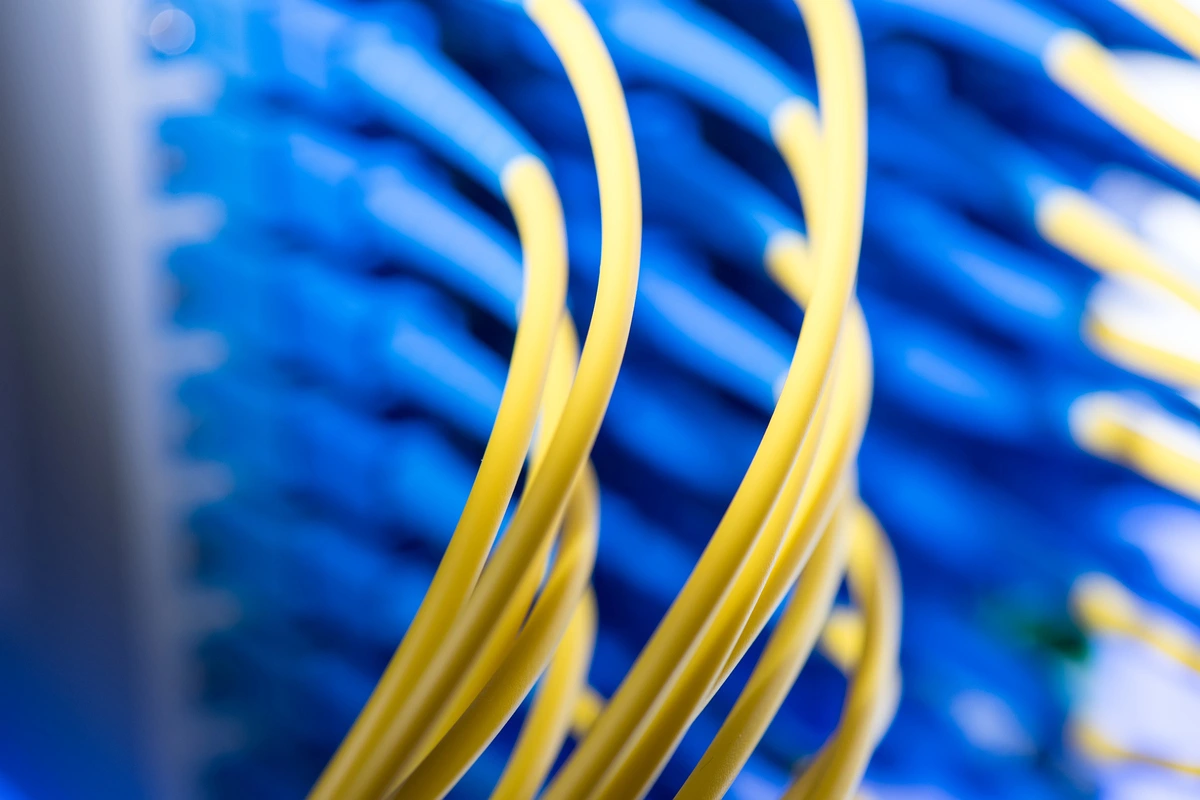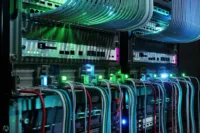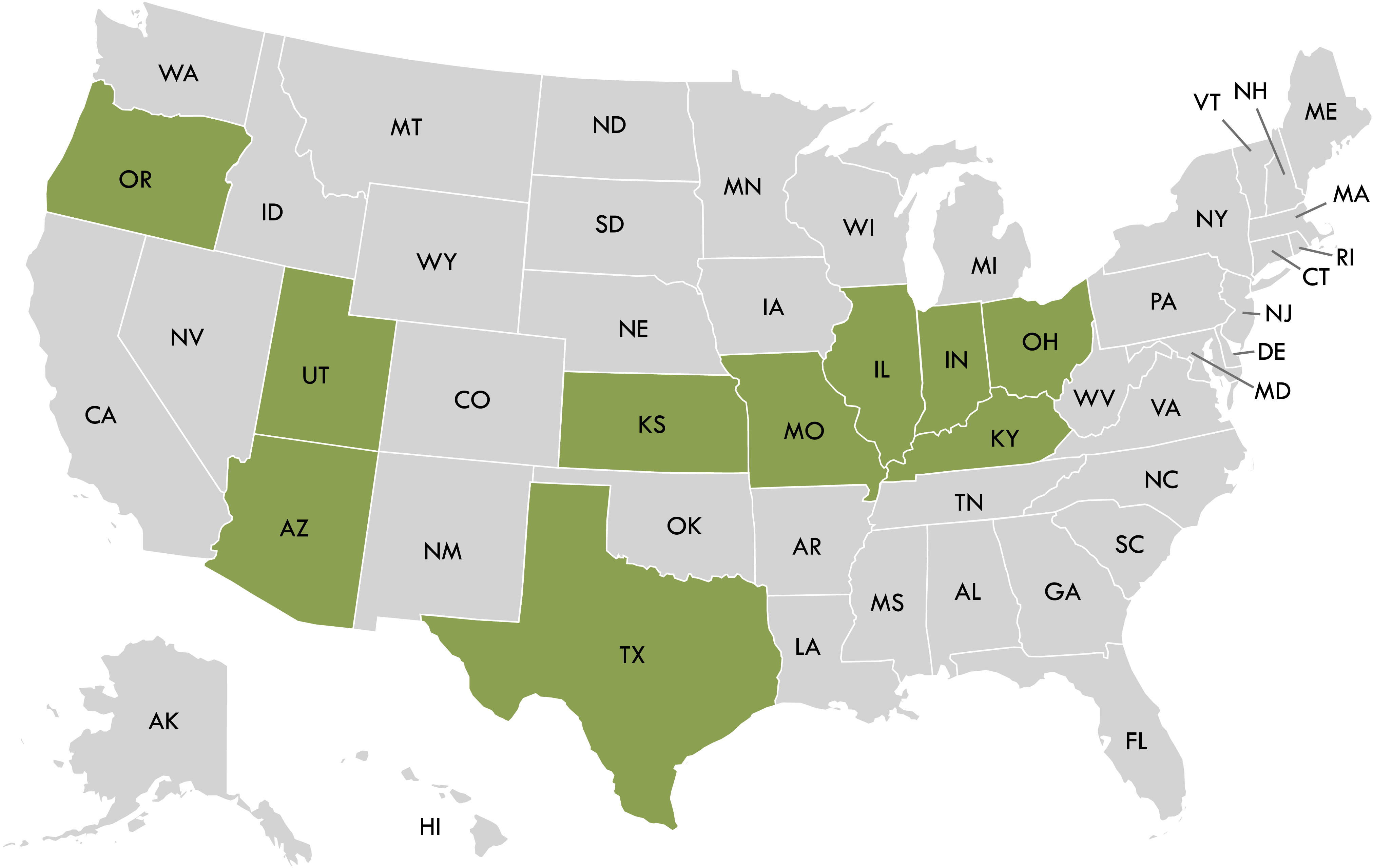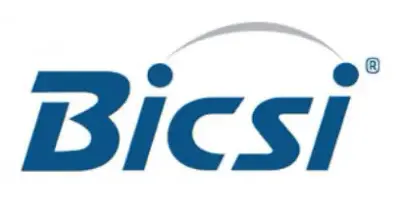
Fast and reliable internet depends on a strong infrastructure. Fiber optic cables form the backbone of modern networks, enabling high-speed data transmission with minimal interference. Businesses, government agencies, and service providers rely on well-designed fiber optic systems to ensure smooth operations and secure communication.
The structure and quality of fiber optic cables play a crucial role in determining internet performance. A well-planned design reduces signal loss, enhances bandwidth, and supports future network expansion. This article explores the key factors in fiber optic cable design, its impact on performance, and why businesses should invest in high-quality infrastructure.
Understanding Fiber Optic Cables
Fiber optic cables transmit data using pulses of light instead of electrical signals. This allows for much higher speeds and greater efficiency than traditional copper cable. Each cable consists of a core that carries the light signals, a cladding layer that keeps the light from escaping, and an outer protective coating that shields the fiber from damage.
Unlike copper cables, which are prone to electromagnetic interference, fiber optic technology provides a cleaner and more stable connection. This makes them ideal for applications that require fast and uninterrupted communication, such as business operations, healthcare systems, and government networks.
Types of Fiber Optic Cables
There are two primary types of fiber optic cables: single-mode and multimode.
Single-mode fiber (SMF) has a smaller core and allows light to travel in a straight path. This design reduces signal loss, making it suitable for long-distance communication, such as city-wide internet infrastructure or intercontinental data transmission. Large enterprises, telecommunications providers, and government agencies use single-mode fiber for high-speed networking.
Multimode fiber (MMF) has a larger core that allows multiple light signals to travel simultaneously. While this design supports higher data transfer rates over short distances, it is more susceptible to signal degradation. Multimode fiber is commonly used in local area networks (LANs), data centers, and office environments with shorter distances.
Key Factors in Fiber Optic Cable Design
A well-designed fiber optic system optimizes speed, reliability, and efficiency. One of the most important factors is signal strength. Poor cable design can lead to signal degradation, resulting in slower speeds and unreliable connections. High-quality fiber cores should be used to maintain signal integrity, and the transmitter power should be optimized. In long-distance networks, amplifiers, and repeaters help maintain strong signals by boosting light pulses before they weaken.
Another critical consideration is signal loss, also known as attenuation. This occurs when light signals weaken as they travel through the fiber. Attenuation can be caused by impurities in the fiber, excessive bending, or poorly spliced connections. Low-attenuation fiber materials should be used to reduce attenuation, and fiber cables should be installed with minimal bends. Fusion splicing, a method that permanently joins fiber ends using heat, is preferred over mechanical splicing because it creates a stronger and more seamless connection.
The choice of connectors also affects fiber optic performance. Connectors join fiber optic cables to equipment and network components. Poor-quality connectors can cause signal reflections, data loss, and increased latency. Some of the most commonly used connectors include SC (Subscriber Connector), which is widely used in enterprise networks; LC (Lucent Connector), which is compact and ideal for data centers; and MPO (Multi-Fiber Push On), which supports high-speed telecommunications connections. Selecting high-quality connectors ensures a stable and reliable network.
How Design Affects Performance
Fiber optic cable design directly impacts network bandwidth and reliability. A well-structured fiber optic network can support high bandwidth, ensuring smooth operation for bandwidth-intensive applications such as video conferencing, cloud computing, and real-time data transmission. Properly designed fiber networks reduce latency, allowing data to travel faster without delays.
Reliability is another crucial factor. Fiber optic networks must handle high traffic loads without failures. Network downtime can severely affect mission-critical applications, such as government communications and emergency response systems. Redundant pathways, which provide backup connections in case of cable failure, improve reliability. Protective shielding helps prevent physical damage, while high-quality splicing ensures strong and stable connections.
Industry Standards and Compliance
Fiber optic cable design must adhere to strict industry standards to ensure safety, efficiency, and compatibility. The Telecommunications Industry Association (TIA) and Electronic Industries Alliance (EIA) have established structured cabling standards, such as TIA/EIA-568, which provides guidelines for fiber optic installations in commercial buildings. The International Organization for Standardization (ISO) and International Electrotechnical Commission (IEC) have developed global fiber optic standards under ISO/IEC 11801.
Best practices recommended by the Building Industry Consulting Service International (BICSI) also significantly ensure high-quality network installations. Compliance with these standards is essential, especially for organizations working with sensitive government data or in regulated industries. Properly designed fiber optic networks enhance performance and help businesses meet legal and security requirements.
Choosing the Right Fiber Optic Infrastructure
Businesses and government agencies must carefully evaluate their fiber optic infrastructure needs. Factors such as scalability, security, and installation costs should be considered for business networks. A scalable network allows businesses to expand their infrastructure as bandwidth demands grow. Security measures like data encryption and secure fiber pathways help protect sensitive information. While fiber optic installation costs may be higher than traditional copper networks, the long-term benefits, including lower maintenance costs and improved performance, justify the investment.
Security and reliability are top priorities for government and military applications. Redundant fiber paths ensure continuous connectivity, even in a cable failure. Encryption standards must be followed to protect classified data transmissions. Compliance with federal regulations, such as the Federal Information Processing Standards (FIPS), ensures that networks meet security requirements. Government agencies can build reliable and secure communication networks by investing in high-quality fiber optic design.
Future Trends in Fiber Optic Design
Fiber optic networks are evolving as technology advances to meet increasing data demands. One significant development is the integration of fiber optics with 5G technology. 5G networks require high-speed, low-latency connections, and fiber optic cables provide the necessary infrastructure to support this new generation of wireless communication. More businesses and cities invest in fiber-to-the-tower (FTTT) solutions to improve 5G connectivity.
Another emerging trend is the expansion of fiber optic infrastructure in rural areas. Many regions still lack access to high-speed internet, and governments are working with private companies to bridge this gap. New fiber deployment techniques, such as aerial fiber installations and micro-trenching, are making it more cost-effective to extend fiber optic networks to remote locations.
Why Fiber Optic Cable Design Matters
The quality of fiber optic cable design directly affects internet speed, reliability, and security. Businesses, government agencies, and service providers must carefully plan their fiber optic networks to ensure efficient data transmission and long-term stability. Factors such as fiber type, signal optimization, and industry compliance all contribute to the performance of a fiber optic system.
Aspen Communications LLC specializes in fiber optic infrastructure solutions for commercial enterprises and federal agencies. Our team’s expertise in high-performance network installations ensures that you receive secure and reliable fiber optic systems that meet industry standards.
Looking for expert fiber optic technology solutions? Contact Aspen Communications LLC today to discuss your network needs.











